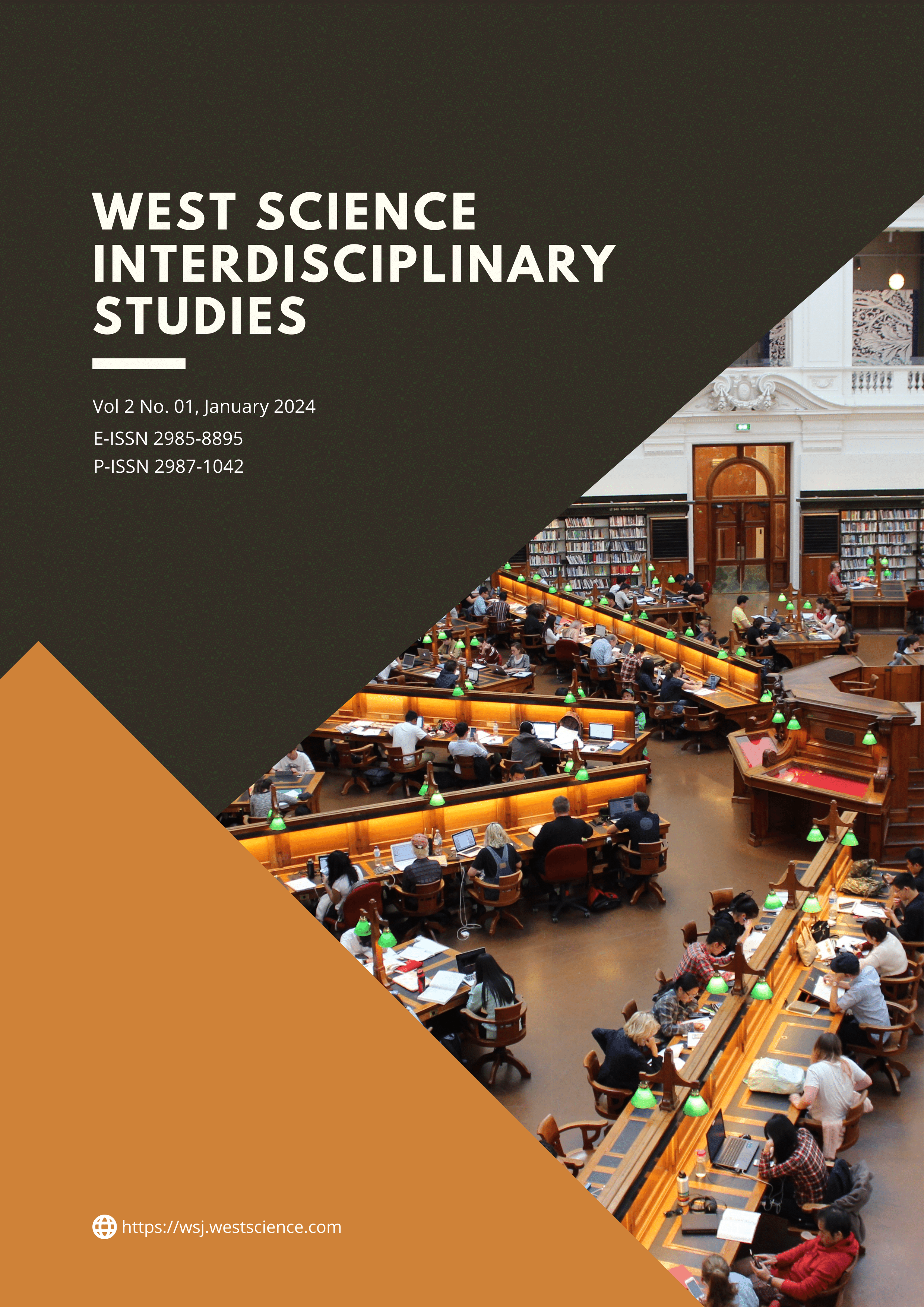Overview Management Triage at The Emergency Room of The Hospital at Jambi
DOI:
https://doi.org/10.58812/wsis.v2i01.632Keywords:
Management Triage, Emergency Room, Hospital, JambiAbstract
Triage, which comes from the French word trier, means sorting or sorting patients based on the patient's ABCD, the severity of the injury, the priority scale of the disease emergency, and the patient's life expectancy, so that the time needed to assess and stabilize the patient is not too long. The purpose of triage is not only to provide fast action but also to prevent disability and death of the patient. The research purposes to find out the description of nurses' knowledge regarding triage at the Emergency Room of Hospital Jambi. The design used in this study is descriptive quantitative w. here the variables are examined at the same time which aims to obtain an overview of the level of knowledge of nurses regarding triage in the IGD RS Jambi. samples from all existing populations, namely 50 nurses who were all on duty at the Emergency Room of Hospital. Province Jambi. Conclusion, results this research the level of knowledge of respondents about triage, the researcher can explain that the level of knowledge of respondents about triage is mostly good with a total frequency of 33 people or 66%, while respondents with sufficient knowledge are 17 people or 33%, meaning that most of the 33 respondents have good ability about triage. It can be concluded that the better the level of knowledge of the nurses, the better the understanding of nurses in the implementation of triage in the management emergency room
References
N. F. Efendi, “Pendidikan dalam keperawatan,” Jakarta salemba Med., 2008.
G. Fulde, “Emergency medicine 5th edition,” Aust. Elsevier, 2009.
L. Basford and O. Slevin, “Teori dan praktik keperawatan: pendekatan integral pada asuhan pasien,” Jakarta Egc, 2006.
A. D. P. Center and U. N. ESCAP, “Community-based disaster risk management: field practitioners’ handbook,” 2004.
K. Curtis, M. Murphy, S. Hoy, and M. J. Lewis, “The emergency nursing assessment process—A structured framework for a systematic approach,” Australas. Emerg. Nurs. J., vol. 12, no. 4, pp. 130–136, 2009.
D. Dimyati, “Belajar dan Pembelajaran, Jakarta, Rineka Cipta,” Gordon Dryden Jeannette Vos, 2003.
G. Gilbert, P. D’Souza, and B. Pletz, “Patient assessment routine medical care primary and secondary survey,” San Mateo Cty. EMS Agency, 2009.
R. M. Gindi, R. A. Cohen, and W. K. Kirzinger, “Emergency room use among adults aged 18–64: early release of estimates from the National Health Interview Survey, January–June 2011,” Natl. Cent. Heal. Stat., pp. 1–11, 2012.
I. Khairina, H. Malini, and E. Huriani, “Pengetahuan dan keterampilan perawat dalam pengambilan keputusan klinis triase,” Link, vol. 16, no. 1, pp. 1–5, 2020.
P. Kuantitatif, “kualitatif, dan R&D,” Bandung Alf., 2006.
S. Notoatmodjo, “Pendidikan dan Perilaku Kesehatan. Jakarta: PT Rineka Cipta (2005),” Metodol. Penelit. Kesehat., 2003.
S. Notoatmodjo, “Metodologi penelitian kesehatan,” 2005.
P. A. Potter and A. G. Perry, “Buku ajar fundamental keperawatan: konsep, proses, dan praktik edisi 4,” Jakarta Egc, 2005.
H. Riwidikdo, “Statistik kesehatan.” Yogyakarta: Mitra cendikia press, 2009.
S. Setiawati and A. C. Dermawan, “Proses pembelajaran dalam pendidikan kesehatan,” Jakarta Trans info media, vol. 2008, pp. 31–60, 2008.
S. B. Sheehy, L. Newberry, L. M. Criddle, and E. N. Association, “Sheehy’s manual of emergency care,” (No Title), 2005.
A. Wawan and M. Dewi, “Teori dan pengukuran pengetahuan, sikap dan perilaku manusia,” Yogyakarta Nuha Med., vol. 12, 2010.
Downloads
Published
How to Cite
Issue
Section
License
Copyright (c) 2024 Suryadi Imran, Agus Pairi, Marinawati Ginting, Erwinsyah Erwinsyah

This work is licensed under a Creative Commons Attribution-ShareAlike 4.0 International License.





















 Instagram
Instagram 